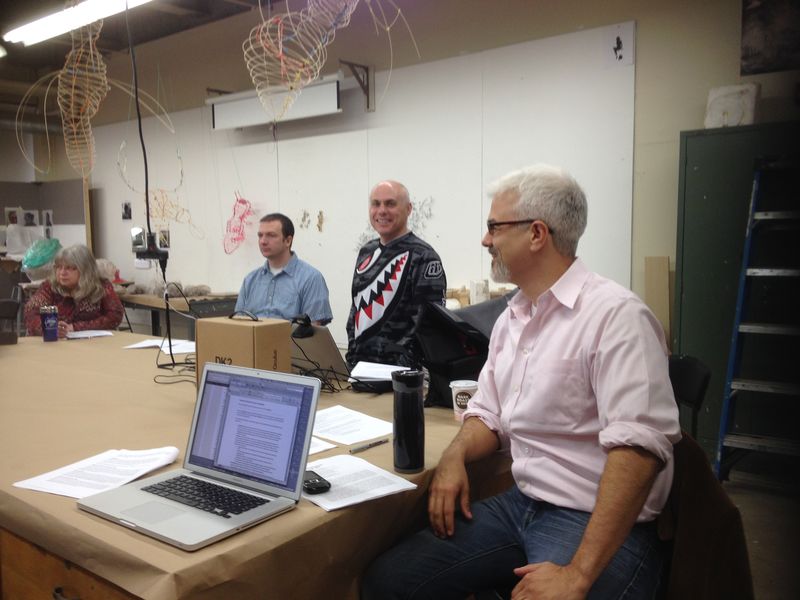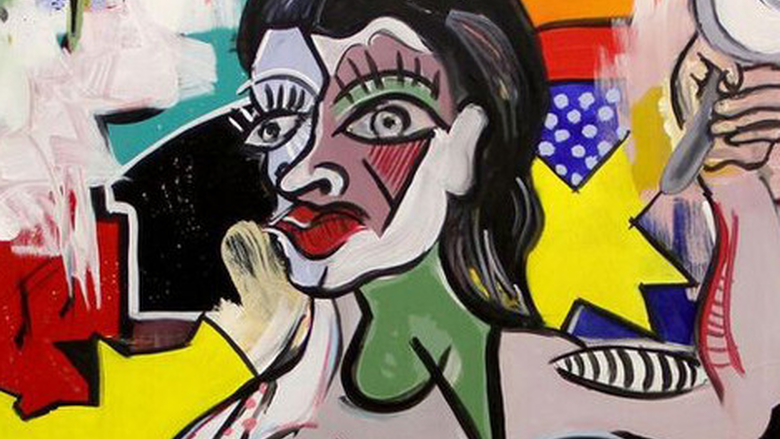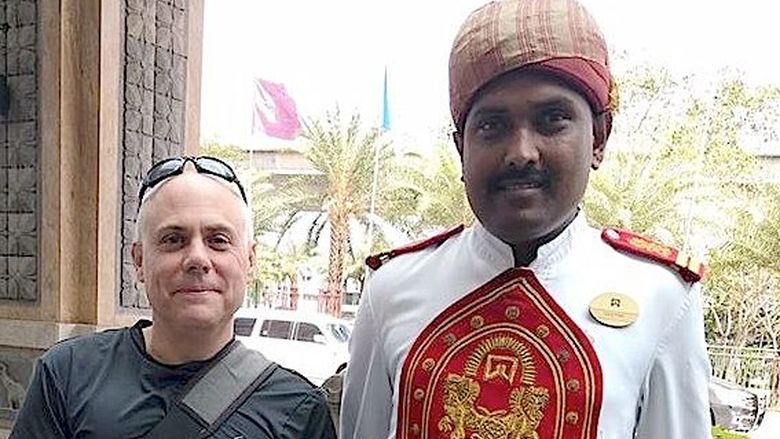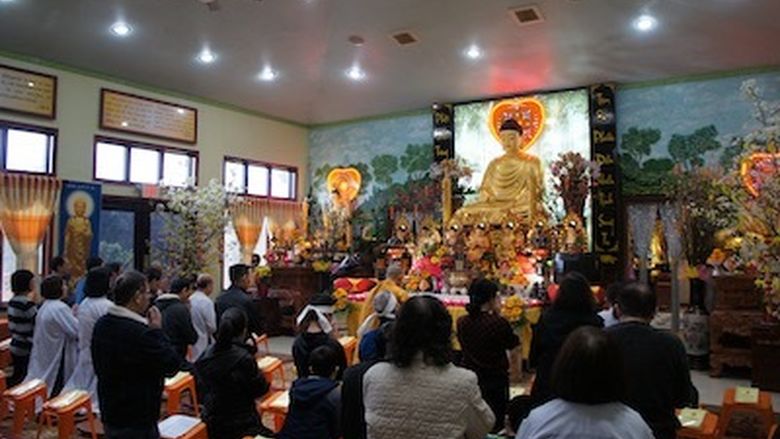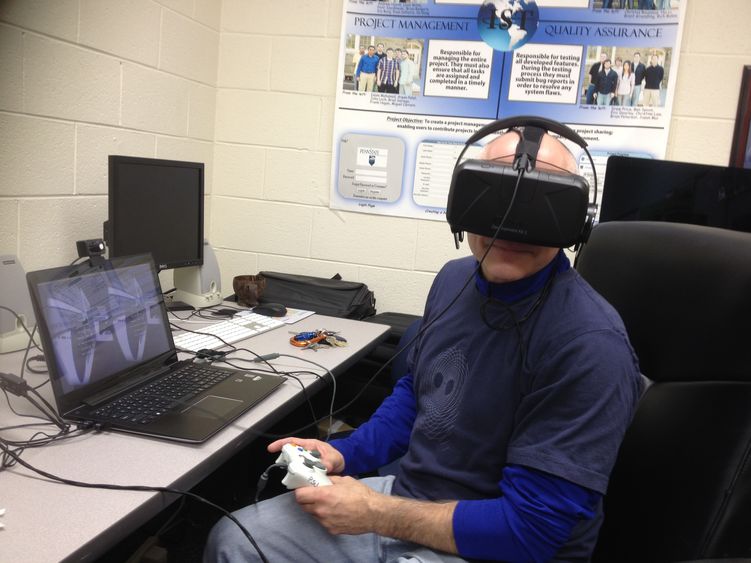
Virtual reality technology may be used in the new Abington Maker/Innovation space.
C. Pierce Salguero set the bar high on the first day of a new class, LA497, at Penn State Abington: "This will be one of the most interesting and exciting courses any of you will ever take in college."
With that bold statement, Salguero and his seven teaching teammates started down a rabbit hole of sorts, immersing 24 hand-picked students in a groundbreaking model of integrated teaching and learning.
"Whether you came here as scientists, programmers, historians or artists, all of you will experience a highly stimulating range of approaches and will learn how these can enrich one another," Salguero, assistant professor of Asian history and religious studies, said at the first course meeting. "You will learn to speak in a different language and engage in interdisciplinary thought, which is the future of education and your future as thinkers."
The point of departure for the team-taught course is a fifth-century Chinese Buddhist text on visualization meditation. Students and faculty will explore the concept through the lenses of history, religious studies, art, digital media, psychology, neuroscience, information sciences and technology, and library and information science.
"You will learn to speak in a different language and engage in interdisciplinary thought, which is the future of education and your future as thinkers."
-- C. Pierce Salguero, assistant professor of Asian history and religious studies at Penn State Abington
After initial research on visualization practices in Asian religion and philosophy, each student will choose three projects from among six developed by the faculty team. They will work individually and collaboratively in computer labs, classrooms, and art studios across campus using tools including iPads loaned for the semester from the Abington library.
Students will produce artwork that engages with the imagery and practices described in the readings and examine the psychological and neurological foundations of meditation. But the dazzling component of the course is the Oculus Rift virtual reality simulator. The students will use the cutting-edge tool to generate three-dimensional visualizations that implement the artistic, historical, and psychological perspectives learned in the class. The project will eventually be transferred to a website for public use.
LA497 is an outcome of ongoing Abington faculty discussions about the central role of collaborative teaching and learning in higher education. Their goal is to pave the way for future interdisciplinary teaching at Abington and serve as a model throughout the University.
About LA 497: Visualization
- The course utilizes a Learning Contract to encourage students to customize their learning experience. It allows freedom, flexibility, and personal choice in grading, but also requires professionalism, academic achievement, and intellectual engagement.
- Partially funded by a grant from Schreyer Institute for Teaching Excellence at Penn State.
- Abington faculty team members for LA497: Jacob Benfield and Michael Bernstein (psychology), William Cromar (New Media), Leah Devlin (neuroscience), Dolores Fidishun (head librarian), Yvonne Love (art), Joseph Oakes (information sciences and technology), and Salguero.
- Students may have the opportunity to publish and present their projects in concert with a faculty member.
- Outcomes may be used as jumping off points for the annual Abington Undergraduate Research Activities (ACURA).
- Salguero's involvement was inspired in part by his fellowship at Duke University. Read more about his experience: http://news.psu.edu/story/309241/2014/04/21/academics/fellowship-brings-fresh-ideas-abington-campus-community
